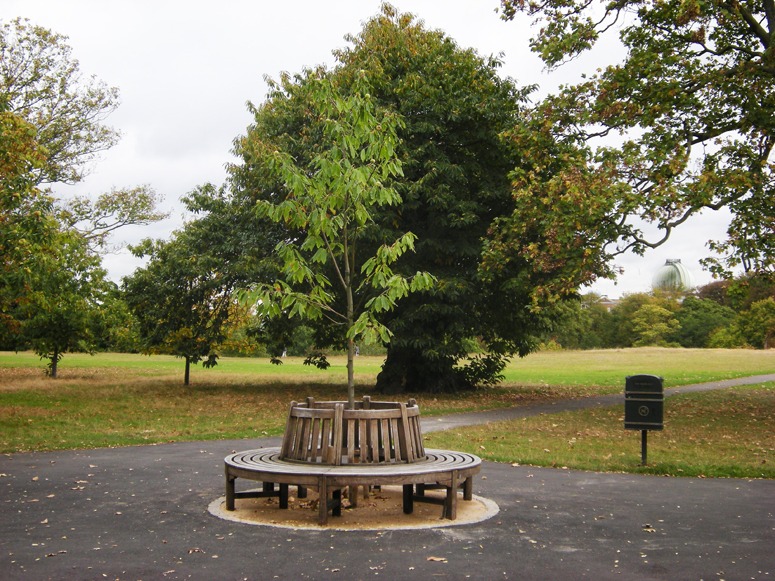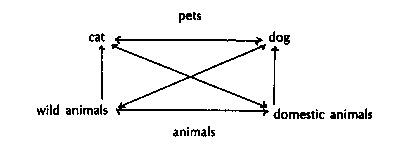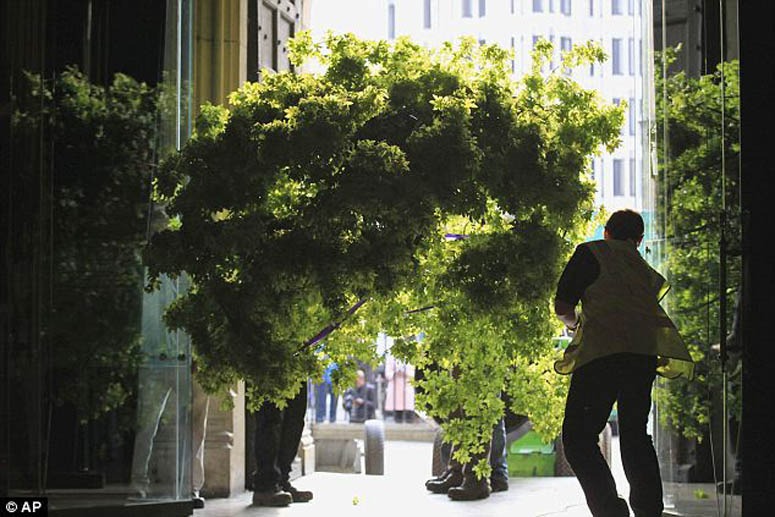Category Archives: urban forestry
Love and care for the ancient trees in Greenwich Park
Might King Will and Queen Kate restore pagan tree-worship to its rightful place in British culture?
The Daily Mail reports that ‘Miss Middleton, 29, who studied history of art at St Andrew’s, has devised a theme which she says ‘pays tribute to the Language of Flowers’ – an idea that is bound to have gone down well with her gardening-obsessed father-in-law, Prince Charles, who famously admitted that he talks to his plants’.
One wonders if her history of art course included what little is known of paganism in the British Isles. Prince Charles wanted to become the ‘defender of faiths’ (instead of merely the Defender of Faith (Fidei Defensor). As the AP photograph shows, she has used trees to decorate Westminster Abbey. Tree worship was common throughout Europe before the advent of Christianity. I might become a strong supporter of the monarchy if the King Will and Queen Kate restore paganism to its proper place as one of the world’s major ‘religions’. It has a kinship with Hinduism, Daoism, Shinto and the religions of pre-Islamic West Asia.
I wish the young couple well but was not pleased to hear that the Metropolitan Police would deal harshly with protestors. Why shouldn’t we protest against vicious despots being invited to Britain and protected with millions of pounds from the public purse? It made me wonder about a small protest of my own. The best I could think of was sticking a postage stamp to the pavement outside Westminster Abbey and taking a video of people treading upon it. Instead, I will remember the trees and send and send Will & Kate every good wish from Gardenvisit.com. Like them, I am an alumni if St Andrews University.
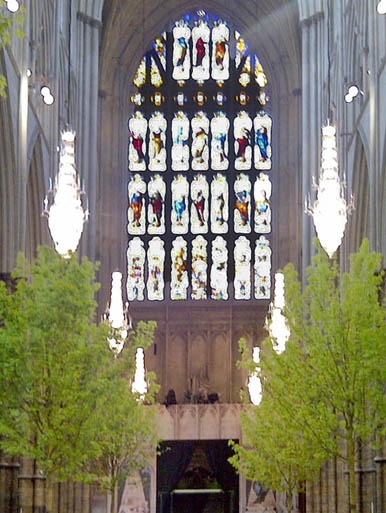
City farming with Castanea sativa, the sweet, beautiful and delicious chestnut

Charles II planted avenues of sweet chestnut in Greenwich Park in 1660 - and they continue to yield a good crop of delicious nuts
The yield from a mature woodland of Castanea sativa is similar to the yield of rice from a paddy field, both nutritionally and in terms of harvested weight:
- Chestunt yields range from 1-5 tonnes per hectare (this figure could be raised by careful management).
- A good individual chestnut tree may yield more than 25 kg per year.
- Rice yields, in the Phillipines, were raised from 1.16 tons per hectare in 1960 (according to the United Nations Food and Agriculture Organization) to 3.59 tons per hectare in 2009. The yield from organic rice is about one third the yield for intensively farmed rice.
- Chestnut timber is highly valued and is said to be more durable that oak when used outdoors.
- The land beneath and around the chestnut trees in Greenwich Park was used for grazing deer, which provided organic meat.
- When growing chestnuts, you do not need to spend half your life bent double in muddy water being eaten alive by insects which enjoy the hot steamy conditions more than you do
- Harvesting chestnuts provides healthy autumn exercise for urban populations
So here is my call to the world’s landscape architects: plant parks and road verges with Castanea sativa, the Sweet, Beautiful and Nutricious Chestnut Tree! You can make a substantial contribution to (1) world food supply (2) world biodiversity (3) combating global warming (4) nutrition, exercise and health. The health benefits of chestnuts are as follows:
- Chestnuts, unlike other nuts and seeds, are relatively low in calories; contain less fat but are rich in minerals, vitamins and phyto-nutrients that benefit health.
- Nutritionally, chestnuts are similar to other starchy foods such as sweet potato, sweet corn, potatoes etc, consisting of mainly starch. However, they also contain high quality proteins.
- Chestnuts are good source of dietary fiber; they provide 8.1 g (about 21% of RDI) per 100 g. Fiber diet helps lower blood cholesterol levels by remove excess cholesterol absorbing in the intestines.
- Chestnuts stand out from other nuts and seeds because of their nutrition contents. They are exceptionally rich in vitamin-C. 100 g nuts provide 43 mg of vitamin C (72 % of DRI). Vitamin C is essential for the formation of matrix in teeth, bones and blood vessels. Being a strong anti-oxidant, it offers protection from harmful free radicals.
- Chestnuts are the one of the nuts rich in folates. 100 g nuts provide 62 mg of folates (or 15.5%). Folic acid is required for the formation of red blood cells, DNA synthesis. Adequate consumption of food rich in folates during peri-conception period helps prevent neural tube defects in the fetus.
- Chestnuts are a rich source of mono-unsaturated fatty like oleic acid (18:1) and palmitoleic acids (16:1). Studies suggest that monounsaturated fats in the diet help lower total as well as LDL (bad cholesterol) and increase HDL (good cholesterol) levels in the blood. Mediterranean diet which is rich in dietary fiber, monounsaturated fatty acids, omega fatty acids and antioxidants help prevent coronary artery disease and strokes by favoring healthy blood lipid profile.
- Chestnuts are an excellent source of minerals such as iron, calcium, potassium, magnesium, manganese, phosphorus and zinc. Provide very good amount of potassium (518 mcg / 100 g). Potassium helps counter hypertensive action of sodium, lowers heart rate and blood pressure. Iron helps prevent microcytic-anemia. Magnesium and phosphorus are important components of bone metabolism.
- Chestnuts are also rich in many important B-complex groups of vitamins. 100 g of nuts provide 11% of niacin, 29% of pyridoxine (vit.B-6), 100% of thiamin, and 12% of riboflavin.
- Chestnuts, like hazelnuts and almonds, are free in gluten and therefore popular ingredient in the preparation of gluten free food formulas for gluten-sensitive, wheat allergy and celiac disease persons.
- The Chinese Chestnut (Castanea mollissima) is particularly rich in vitamin A. It provides 202 IU per 100 g.
Price comparison: organic rice and organic chestnuts:
- Organic Chestnuts sell on Amazon for more than £30/kg
- Organic Rice sells for less than £5/kg
AND DON’T FORGET: Chestnuts are delicious.
Is new urbanism old?
The 10 principles of New Urbanism are:
1. Walkability
2. Connectivity
3. Mixed use and diversity
4. Mixed housing
5. Quality architecture and urban design
6. Traditional neighbourhood structure
7. Increased density
8. Smart transportation
9. Sustainability
10. Quality of life
According the wikipedia entry “This new system of development, with its rigorous separation of uses, became known as “conventional suburban development” or pejoratively as urban sprawl, arose after World War II. The majority of U.S. citizens now live in suburban communities built in the last fifty years, and automobile use per capita has soared.
Although New Urbanism as an organized movement would only arise later, a number of activists and thinkers soon began to criticize the modernist planning techniques being put into practice. Social philosopher and historian Lewis Mumford criticized the “anti-urban” development of post-war America. The Death and Life of Great American Cities, written by Jane Jacobs in the early 1960s, called for planners to reconsider the single-use housing projects, large car-dependent thoroughfares, and segregated commercial centers that had become the “norm.”
Rooted in these early dissenters, New Urbanism emerged in the 1970s and 80s with the urban visions and theoretical models for the reconstruction of the “European” city proposed by architect Leon Krier, and the “pattern language” theories of Christopher Alexander.”
New urbanism was fundamentally a social planning movement although it has morphed more recently to include at least a minimalist environmental agenda. Wendy Morris says new urbanism was “….Initially A Reaction to Sprawl…..Now A Basis for Sustainable Urban Growth/Smart Growth…….and a response to Climate Change and Peak Oil…and a Basis for Addressing Physical Health and
Social Well-being.”
Can the old theory of New Urbanism be adapted to adequately address new environmental concerns?
How green is my neighbourhood?
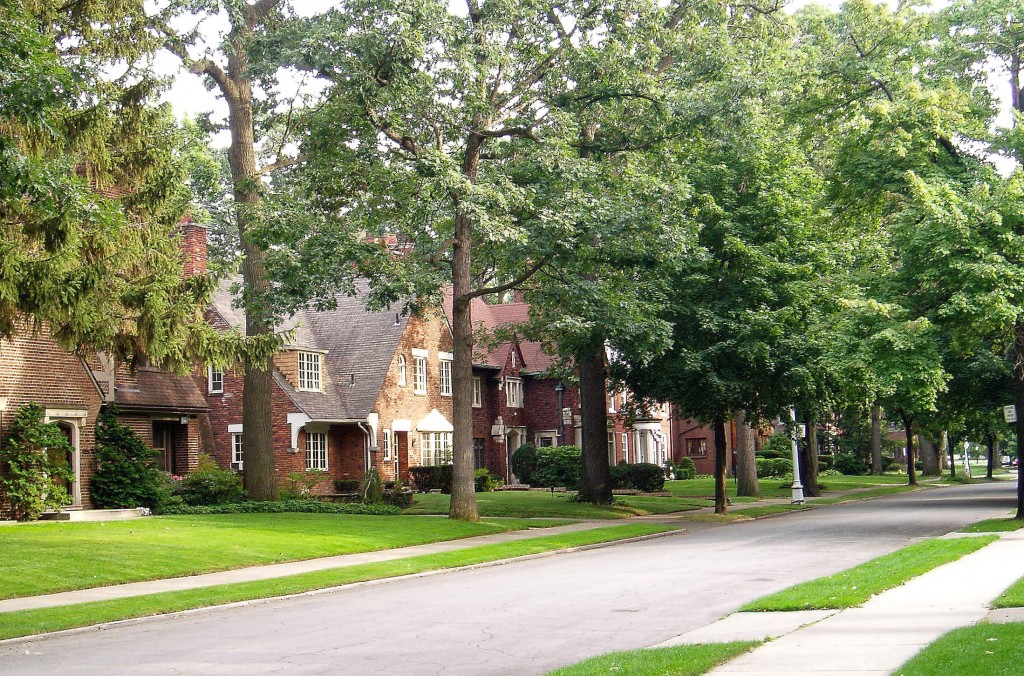
One of the unfortuneate consequences of the fight against urban sprawl, which has been largely taken up in the name of Jane Jacobs, is the loss of green space and the urban forests of many communities. They are disappearing in the manner environmentalists call ‘death by a thousand cuts’, that is (sometimes) slowly and incrementally.
Sherwood Forest is one of the old, upscale, districts of Detroit, ‘the city of Neighbourhoods’;
“Developers thought that the area should resemble an English village; thus, they selected appropriate English names and curved and winding streets. You will not find a rectangular street pattern here or in old English villages. There are about 435 homes, most of them built before the Depression terminated housing construction in the city. Many of them are Georgian Colonials or English Tudor homes in keeping with the English theme. Some of the homes are newer, having been constructed after building resumed in 1947. They are large, even by the standards of early 21st-century architecture since they average about 3,600 square feet with four to six bedrooms.”
In the adjacent suburb of Palmer Woods is the Dorothy Turkel House by Frank Lloyd Wright, which undoubtably also relies on its leafy surrounds for its ambience.
British biologist Professor Jeff Sayer in his lecture at James Cook University asked the apt conservation question, ‘Conserving the forests for whom?’

